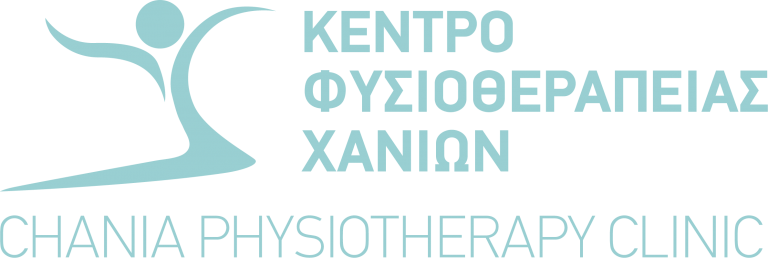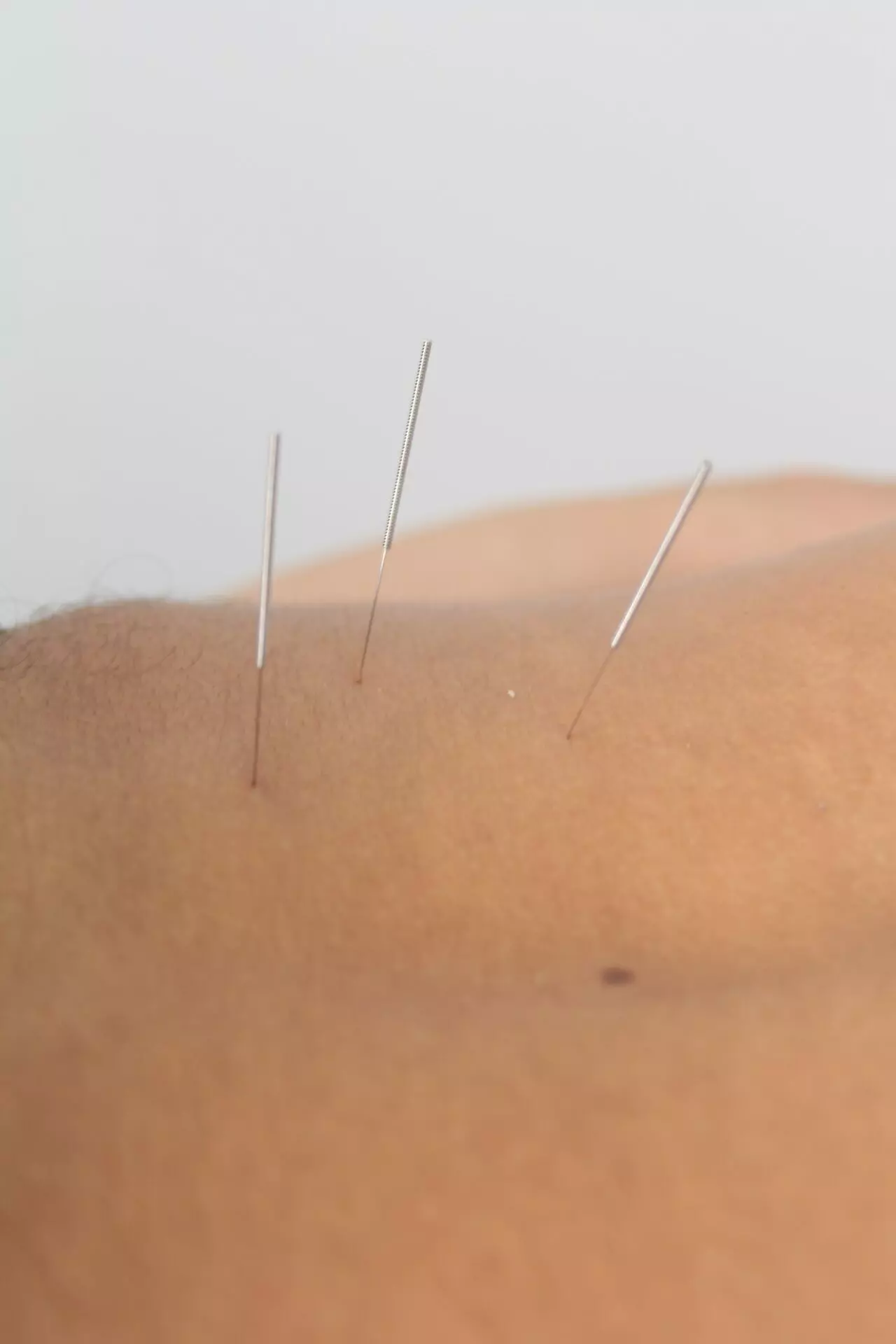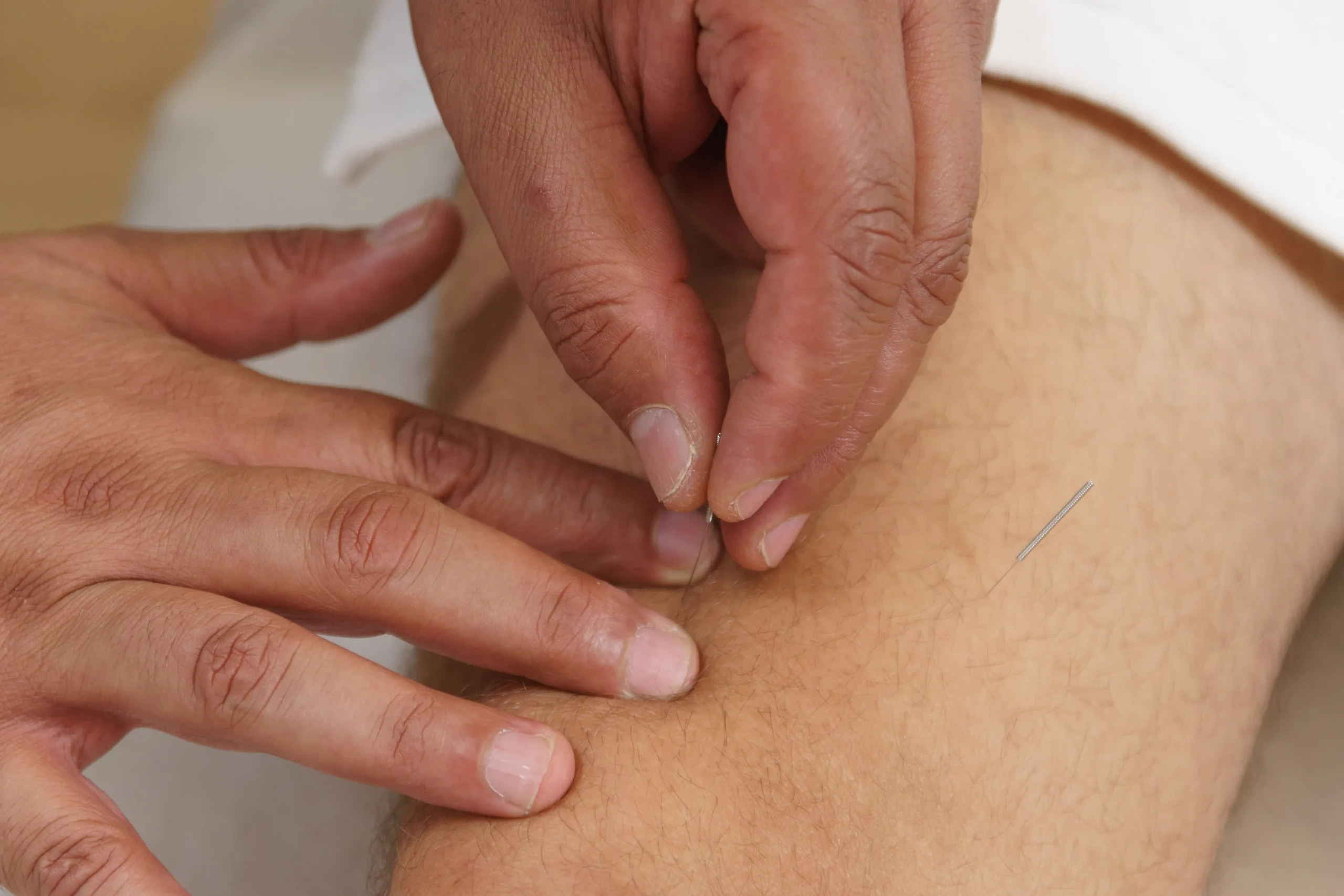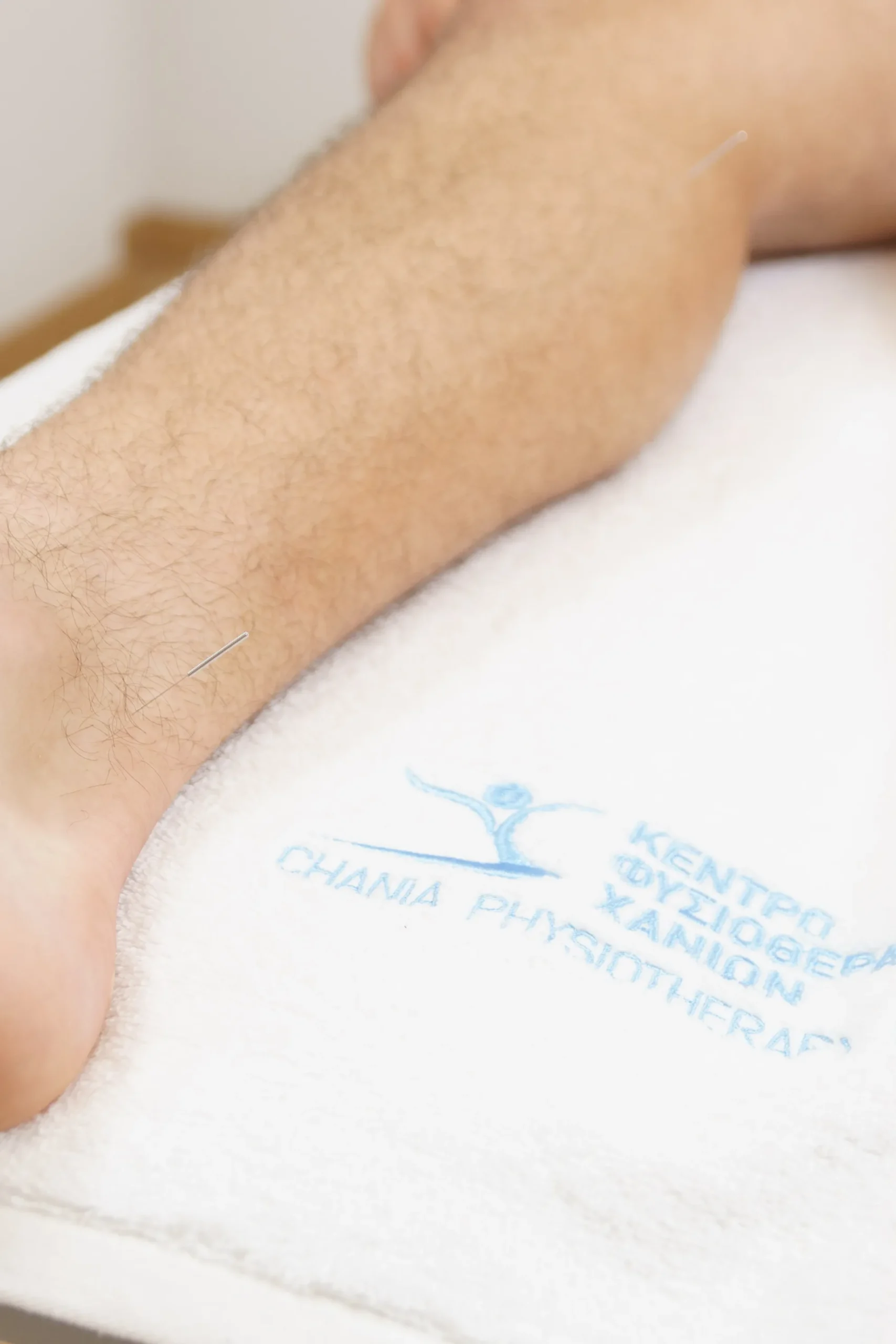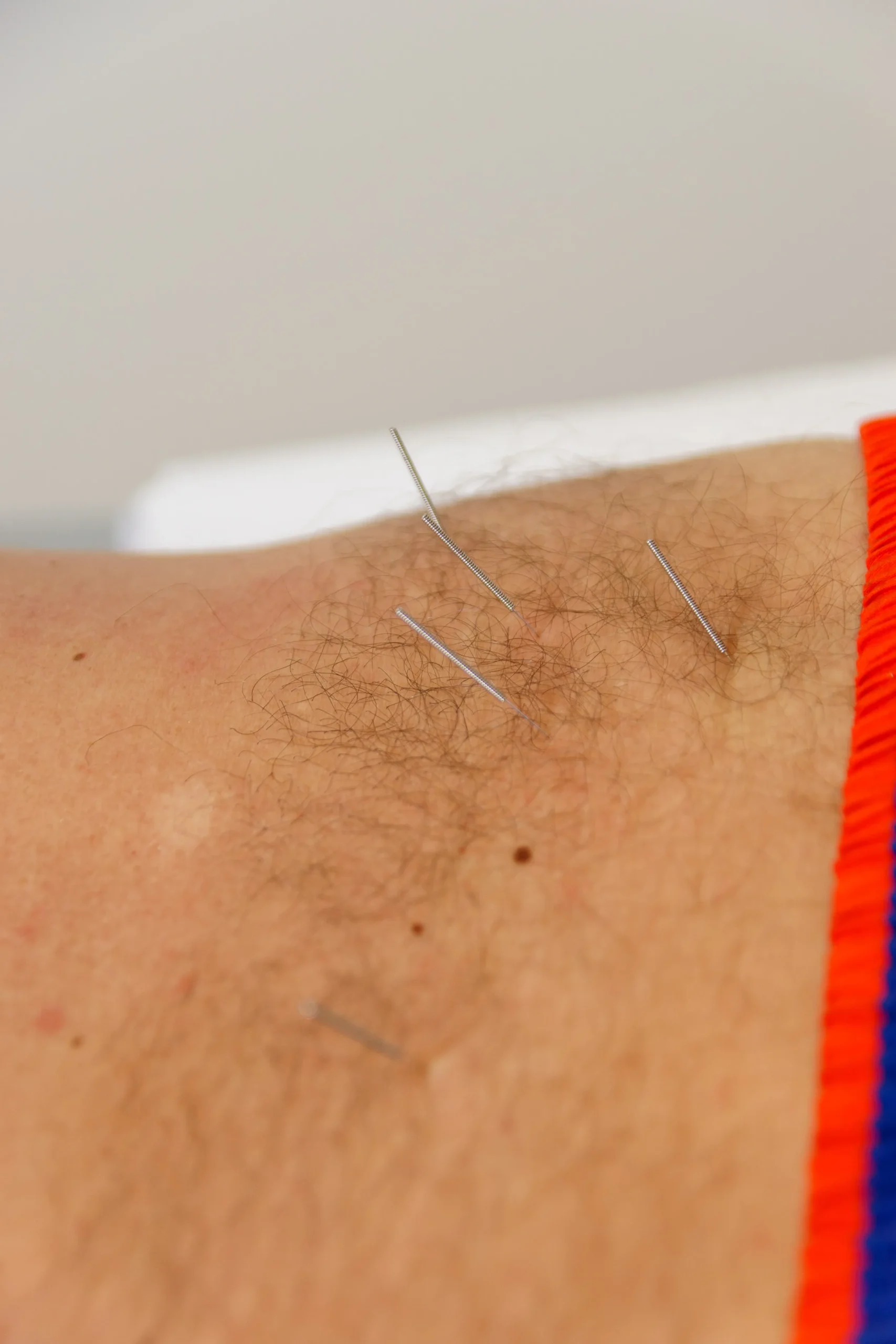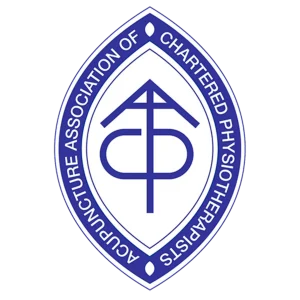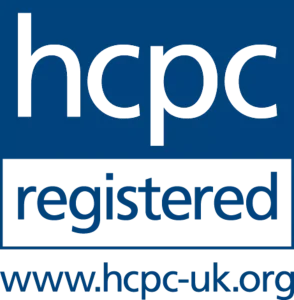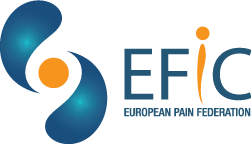Acupuncture in Chania
Acupuncture is one of the many skills used within the physiotherapy profession as an integrated approach to the management of pain and inflammation and as a means of stimulating the body’s own healing chemicals in order to achieve a full recovery and enhance rehabilitation interventions.
Within our services, we can provide acupuncture sessions in Chania as per the standards of the British Medical Acupuncture Society, and our therapist is an accredited member of the Acupuncture Association of Chartered Physiotherapists (AACP) in the United Kingdom.
Medical Acupuncture within modern physiotherapy is used against the background of clinical and research evidence but derives from Traditional Chinese Medicine. It is believed to have been developed a long time before the first known written reference in 300 BC in China, around the time “The Yellow Emperor’s Classic of Internal Medicine” (Huangdi Neijing) was published.
Traditional Chinese Medicine
The concept of Traditional Chinese Medicine [TCM] is an ancient system of written scripts as far back as 1000BC, founded on the holistic concept of treatment and an acknowledgment of the body’s ability to return to its balanced state of health, given the correct stimulus to do so.
There are many forces within the body that require balance in order to achieve health and fitness; two forces that are commonly referred to, are YIN [negative] and YANG [positive]. Treatment with Acupuncture is applied with the aim of restoring all the body systems to a state of balance (homeostasis). This is achieved by an in-depth physiotherapy assessment to determine the source of the imbalance and the correct acupuncture points required to address this imbalance and facilitate the body’s return to a state of health both physically and mentally.
The acupuncture needle will stimulate the flow of QI [pronounced ‘chee’], which circulates in channels or meridians within the body. The QI circulates within the deeper organs of the body but connects to the superficial skin. In the state of a normal healthy body, balance is maintained between these systems. Both the superficial energy and the deeper energy can be influenced by the stimulation of specific acupuncture points. In case of injury, disease, emotional trauma, or infection, the natural flow of QI within the meridians and organs may well be affected and the result would be an altered flow, either a slowing or stagnation of QI causing pain and inflammation, or a deficit of QI, which may cause weakness, exhaustion, and longer debilitating disease. The stimulation of relevant acupuncture points may free stagnation, reduce excess or indeed, increase QI to the specific area or organ and thus help to restore normal QI flow and balance.
Acupuncture on Western Medicine
Physiotherapists apply their treatments based on scientific research and clinical evidence that Acupuncture can reduce pain. There is an increasing number of research publications worldwide proving the treatment effectiveness of acupuncture when compared to (chemical) medication for example. Read more about current research on Acupuncture…
Acupuncture is used by Physiotherapists as a means of enhancing pain modulation via the stimulation of the brain and spinal cord to produce natural pain-relieving chemicals, such as endorphins; melatonin to promote sleep, serotonin to promote well being, to name but a few. These assist the body’s healing process and offer pain relief as a precursor for other manual or exercise therapy.
Acupuncture is also used by advanced AACP members as a means of addressing some systemic and long-term illnesses, but always with the aim of enhancing physiotherapy treatment and improving the quality of life. It is particularly useful in chronic and persistent pain problems and sits against a background of research to support its use.
Acupuncture Techniques
There are several techniques in applying Acupuncture that is described below:
Conventional Acupuncture
Conventional Acupuncture involves the use of single-use, pre-sterilised, disposable needles of varying widths, lengths, and materials that pierce the skin at the Acupuncture points. The Physiotherapist will determine the locations of the Acupuncture points, based on the assessment of the cause of the imbalance. A number of needles may be used at each therapy session and these are typically left in position for approximately 20-30 minutes before being removed.
Acupressure
Acupressure uses the Physiotherapist’s hands over Acupuncture or trigger points in order to relieve muscle tightness or to stimulate QI flow and balance the body. It is a healing art that uses the fingers of the Physiotherapist on the key Acupuncture points. The amount of pressure used varies according to the condition being treated and requires trained & sensitive hands. It is often used in sensitive patients, patients with a needle phobia or with contraindications for needle use, children, & frail patients.
Laser Acupuncture
“Laser” is the acronym for Light Amplification by Stimulated Emission of Radiation and the use of Lasers to effect treatment is known as low-level laser therapy [LLT] [Baxter 1994]. Laser stimulation may be used for any acupuncture treatment, substituting the use of a needle. It is particularly suitable for nervous patients, children, sports injuries, sensitive areas, and ears. Laser Acupuncture may be practiced by Physiotherapists who are fully trained in the correct application and contra-indications of laser therapy.
Electro-Acupuncture
Following the detailed physiotherapy assessment, inserted needles can be coupled to the electrodes of an electro-acupuncture apparatus. These units are designed to deliver variable amplitudes and frequencies of electrical impulses. Low-frequency electro-acupuncture is intended to contribute to the mechanism of pain reduction, especially stimulating chemicals from the brain which will aid analgesia, relaxation, and sleep.
The body has the ability to “self-repair” and the use of Acupuncture, Acupressure or Electro-Acupuncture enhances the repair mechanism and facilitates an improved recovery time. This allows other physiotherapy interventions such as exercise, muscle strengthening, and rehabilitation techniques to achieve more effective results.
